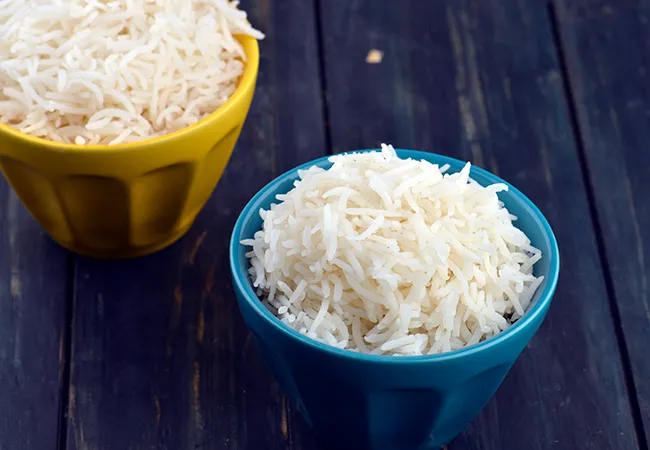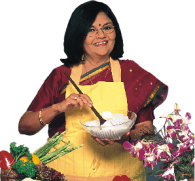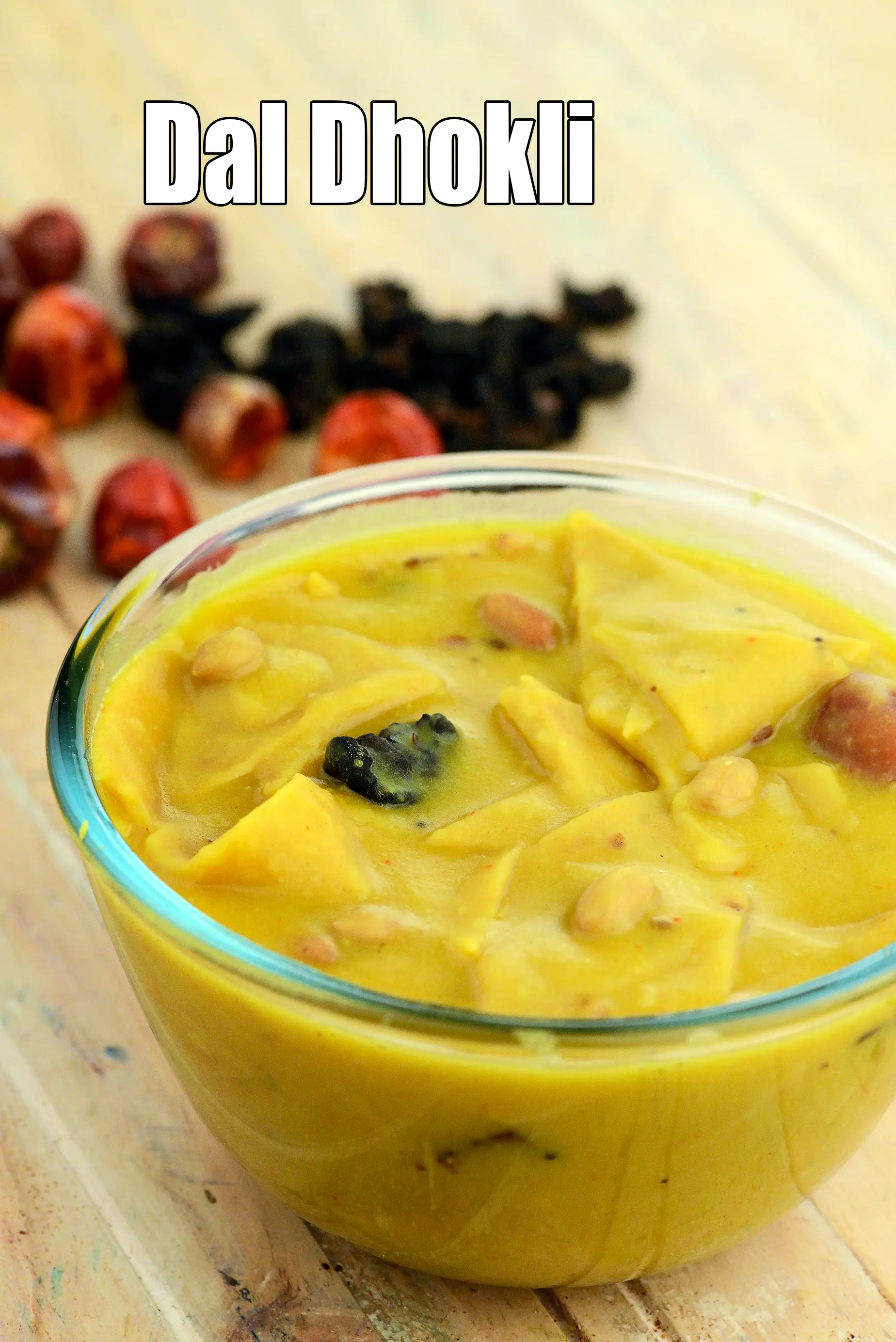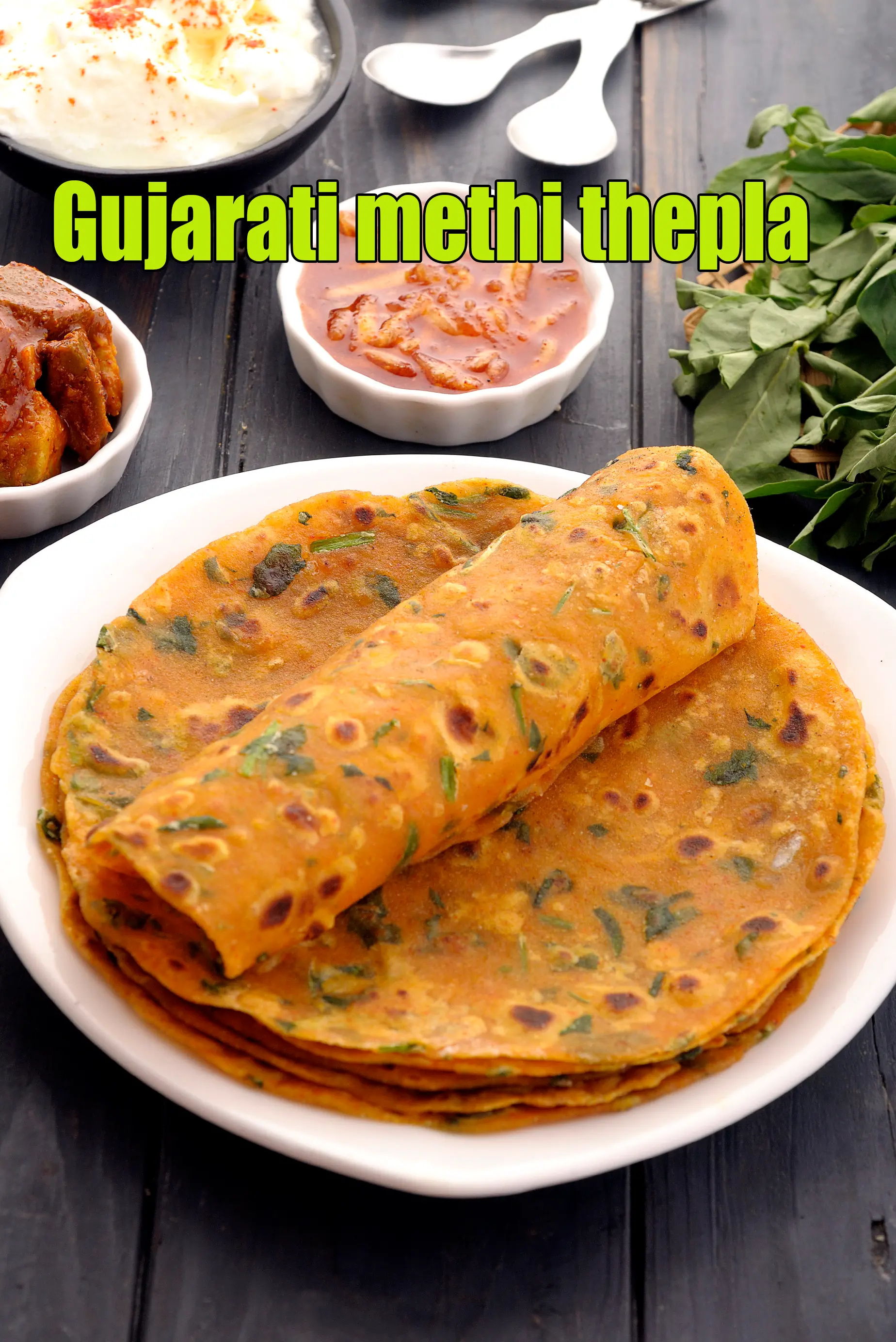Nutritional Facts of Kala Chana Subzi, Maharashtrian Recipe, Calories in Kala Chana Subzi, Maharashtrian Recipe
This calorie page has been viewed 52186 times
Course
Occasion & Party
How many calories does one serving of Kala Chana Subzi have?
One serving of Kala Chana Subzi gives 174 calories. Out of which carbohydrates comprise 78 calories, proteins account for 24 calories and remaining calories come from fat which is 72 calories. One serving of Kala Chana Subzi provides about 9 percent of the total daily calorie requirement of a standard adult diet of 2,000 calories.
Click here to see Kala Chana Subzi calories. Here’s a quick and easy everyday subzi with a classic Malvani touch. The rustic mealy texture of cooked kala chana is enhanced beautifully by the spiciness of the Malvani gravy and the tang of tamarind pulp.
Common veggies like tomatoes and onions along with ginger and garlic add taste and volume to the dish. The Malvani gravy, though made with everyday ingredients and spices, has a traditional flavour and aroma that’ll make you drool.
It uses a lot of red chillies and has an appetizing reddish brown colour. You can keep some in stock in the freezer, to use instantly when required.
This yummy Kala Chana Subzi tastes very good with hot steamed rice, possibly laced with a little ghee if you are feeling indulgent.
Is Kala Chana Subzi healthy?
Yes, this recipe is good and healthy for everyone.
Lets understand the ingredients of Kala Chana Subzi.
What's good in this Kala Chana Subzi!
Kala chana : Kala chana is a healthy addition to your diet. Being high in protein and fiber, Kala Chana a good option for those aspiring weight loss. Like most pulses and legumes, kala chana also abounds in fiber, thus helping to keep you full for hours. When cooked with other healthy ingredients, kala chana is suitable for heart disease as well. Diabetics too enjoy them in restricted quantities. Brimming with calcium, they support bone health and being a good source of iron, they help build red blood cells (RBC) and hemoglobin levels.
Vegetable Oils : To some vegetable oil is only soyabean oil, while some promote it as a mix of oils like soyabean, canola, sunflower, corn and other omega-6 rich oils. These are often cheaper options than many oils, but they are highly processed oils. They are undoubtedly not to be reached out for, whether you are looking for salad dressings, sautéing or cooking. The 5 best oils used in cooking are olive oil (low temperature short time cooking), avocado oil, canola oil, coconut oil and peanut oil. You must read the super article to find the facts of which oil is the healthiest avoid vegetable oil.
Mustard Seeds: Tiny little mustard seeds, mostly added as a tempering, lend an interesting bite, exotic flavour and tempting aroma to Indian foods. Mustard seeds are from the mustard plant, which is a cruciferous vegetable related to broccoli, Brussels sprouts and cabbage.
Benefits of Cumin Seeds ( jeera) : The most common benefit of jeera known to many is to soothe the stomach, intestine and the entire digestive tract. Cumin seeds are apparently a very good source of iron. A tbsp. of cumin seeds can fulfil nearly 20% of days iron requirement. Even small quantity of cumin seeds has huge amounts of calcium – a bone supporting mineral. They aid is digestion, weight loss and help reduce inflammation. See detailed benefits of cumin seeds, jeera.
Hing ( Asafoetida) : The active compound 'coumarin' helps in managing blood cholesterol and triglyceride levels. Asafoetida is known to have anti-bacterial properties, which helps to keep asthma at bay. Asafoetida is an age-old remedy for bloating and other stomach problems like flatulence. The best solution is to gulp down little hing with water or dissolve it in water and sip it. It can also be used along with curd or almond oil as a hair mask. It helps to prevent dryness of hair and smoothen as well as strengthen hair.
Onions (pyaz, kanda) : Raw onions are a very valuable source of vitamin C – the immune building vitamin. Along with other phytonutrients from onions, it helps to build WBC (white blood cells) which serves as a line of defence against illness. Yes, it’s a source of many antioxidants, the most important one amongst them being Quercetin. The quercetin in Onions promotes production of HDL (good cholesterol) and lowers total cholesterol in the body. The sulphur in onions act as a blood thinner and prevents blood clotting too. This in turn would lower blood pressure and good for heart, diabetics. Read the benefits of onions.
Ginger (Adrak) : Ginger is an effective cure for congestion, sore throat, cold and cough. It aids digestion and relieves constipation. Ginger was found as effective as drugs in relieving menstrual pain. Ginger is effective in decreasing the cholesterol levels in patients with high cholesterol. Ginger significantly reduces symptoms of nausea in pregnant ladies. See here for 16 Super Health Benefits of Adrak, Ginger.
Garlic : Garlic has been proven to lower cholesterol. The active ingredient allicin present in garlic aids in lowering blood pressure. Garlic is also alleged to help regulate blood glucose levels for diabetics. Garlic is great for the heart and circulatory system. Garlic has an antimicrobial, antiviral and antifungal function and can help in relieving common cold and other viral infections. To boost your immune system have a garlic clove a day. Garlic is a top anti viral food. The thiosulphate compound, Allicin found in garlic acts as a strong antioxidant and protects our body from damage of free radicals. Read here for complete benefits of garlic.
Turmeric Powder (Haldi) : Turmeric helps in digestion of food thus helping to overcome indigestion. Haldi may help in reducing the growth of fat cells in the body. Turmeric, being rich in iron, is highly valuable in the treatment of anaemia and both the root as well as the powder should be a regular part of an anaemic diet. One of the health benefits of turmeric is it’s anti-inflammatory property due to the active compound, Curcumin, which helps to relieve inflammation of the joints and thus is a ladder to relieve pain related to arthritis. The curcumin in haldi also helps to ward of the bacteria’s causing cold, cough and throat irritation. Turmeric benefits in diabetes management by lowering blood glucose levels. Its antioxidant and anti-inflammatory effects are useful in the treatment of diabetes patients. It is known to be a good brain food and keep diseases like Alzheimer’s at bay. See here for detailed turmeric benefits.
Tomatoes : Tomatoes are extremely rich source of Lycopene. Tomatoes are a powerful antioxidant, super rich in Vitamin C, good for heart. Tomatoes are a Pregnant women's friend and are rich in Folate or Folic Acid which helps your body to produce and maintain new cells, especially red blood cells. Read about 13 amazing benefits of tomatoes.
Imli (Tamarind) : Tamarind is good for heart due to the fibre present which has a cholesterol lowering effect. It is also good for diabetics. But too much tamarind is bad for health.
What is the healthy accompaingment for Kala Chana Subzi ?
We suggest a bajra roti, jowar roti, radish nachni roti recipe , basic ragi roti recipe, and whole wheat roti to make a healthy combination.
Bajra Roti
Also this malavani Kala Chana Subzi is perfect pair with plain Cooked Rice.
Cooked Rice
Can diabetics, heart patients and over weight individuals have Kala Chana Subzi?
Yes, this recipe is good for diabetics, heart and weight loss. Only condition is to have it with healthy rotis or paratha instead of rice.
Can healthy individuals haveKala Chana Subzi?
Yes, this is healthy subzi.
Kala Chana Subzi is high in these.
1. Vitamin C : Vitamin C is a great defence against coughs and colds.
2. Vitamin B1 : Vitamin B1 protects nerves, helps in carbohydrate metabolism, prevents heart diseases and helps produce red blood cells.
Note : a recipe is deemed high in a Vitamin or mineral if it meets 20% and above the recommended daily allowance based on a 2,000 calorie diet.
How to burn 174 calories that come from Kala Chana Subzi?
Walking (6 kmph) = 52 mins
Running (11 kmph) = 17 mins
Cycling (30 kmph) = 23 mins
Swimming (2 kmph) = 30 mins
Note: These values are approximate and calorie burning differs in each individual.
| Energy | 174 cal |
| Protein | 6 g |
| Carbohydrates | 19.5 g |
| Fiber | 1.8 g |
| Fat | 8 g |
| Cholesterol | 0 mg |
| Vitamin A | 142.3 mcg |
| Vitamin B1 | 0.2 mg |
| Vitamin B2 | 0.1 mg |
| Vitamin B3 | 1.1 mg |
| Vitamin C | 7.8 mg |
| Folic Acid | 9.4 mcg |
| Calcium | 45.3 mg |
| Iron | 2.3 mg |
| Magnesium | 0 mg |
| Phosphorus | 0 mg |
| Sodium | 9.3 mg |
| Potassium | 262.7 mg |
| Zinc | 0.7 mg |
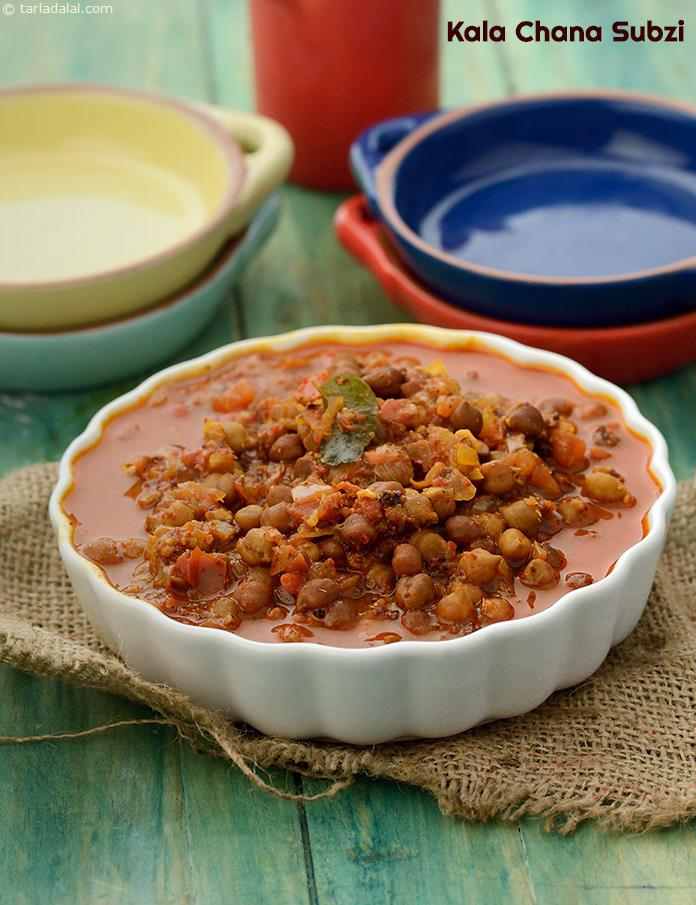
Click here to view Kala Chana Subzi, Maharashtrian Recipe
Calories in other related recipes
.webp)
